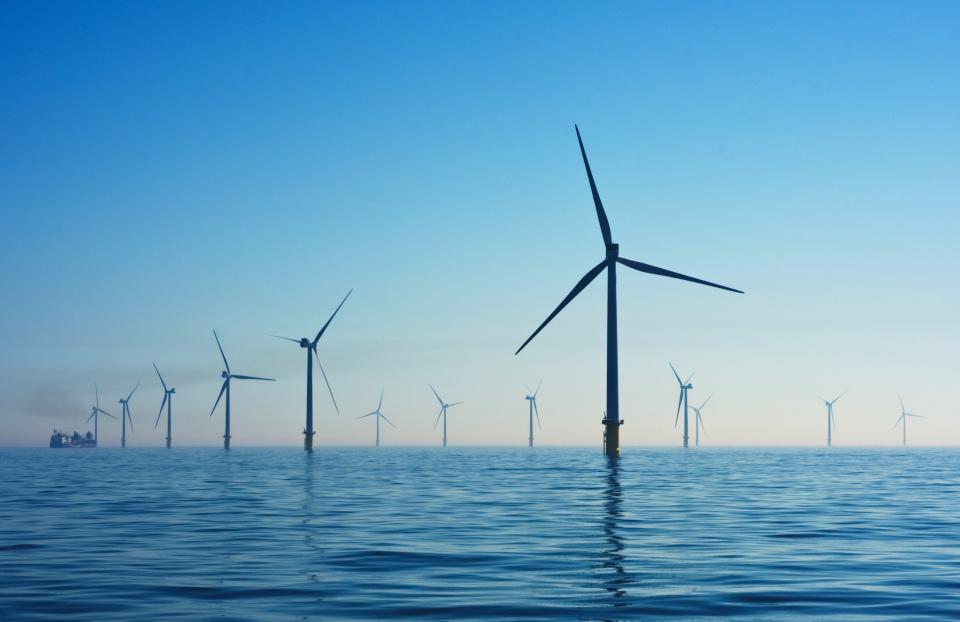
SEACAMS2
SEACAMS2 is the second stage in a project which supports developing economic opportunities in low carbon, energy and environment through specialisation in commercial application of research and innovation in marine renewable energy (MRE), climate change resilience and resource efficiency in Wales.
The £17 million project, a partnership between Bangor University and Swansea University, is part-funded by the European Regional Development Fund and focusses on the convergence region of Wales.
The main objective of SEACAMS2 is to assist the development of opportunities in low carbon, energy and environment in the convergence regions of Wales, and is an investment in the potential offered by the marine economy and marine renewable energy. Through SEACAMS2, companies wanting to harness the sea’s power and create a sustainable marine energy industry in Wales will be able to access vital research support they need if they are to be able to progress with their multi-million-pound developments.
The MRE industry has been quick to identify Wales’ significant potential marine energy resource: along the Welsh coast are regions with high tidal ranges (for tidal lagoons), fast tidal currents (for tidal stream energy), and waters exposed to considerable wave action (for wave energy devices).
A multi-disciplinary team of marine scientists on the SEACAMS2 project are working with MRE enterprises in Wales, conducting collaborative research, development and innovation initiatives. As part of this, new data are also being gathered from a system of comprehensive coastal observatories – instrumented benthic landers and moored platforms – deployed in coastal regions identified as potential sites for MRE developments.
Along with the dedicated SEACAMS2 research staff and world leading academics at the School of Ocean Sciences, Bangor University, the project also has access to research platforms such as the RV Prince Madog, and a small boat fleet. Available for use in Marine Centre Wales are conference facilities, meeting rooms, a lecture theatre, laboratories and aquaria. iMarDis (Integrated Marine Data and Information Systems) is a new data and knowledge infrastructure that is being set up at the core of SEACAMS2, to fully capitalise on the project outputs, integrate its data systems, and provide useful data products for industry users.
At Swansea University, some 20 dedicated SEACAMS2 staff work with academic teams across both biosciences and engineering, utilising the the world class engineering facilities of the new Bay Campus, the brand new Research Vessel Mary Anning, and the Universities world leading expertise in animal tagging and tracking.
Projects are many and varied, and are developed in partnership with industry. They include product development support, materials studies, collection of physical oceanographic data, modelling, and work on species such as cetaceans, seals, seabirds and fish to fill information gaps and reduce consenting risk. One such project involved working with Knowtra Ltd to provide a new numerical modelling product to enhance understanding of interactions between tidal stream arrays and the marine environment.
